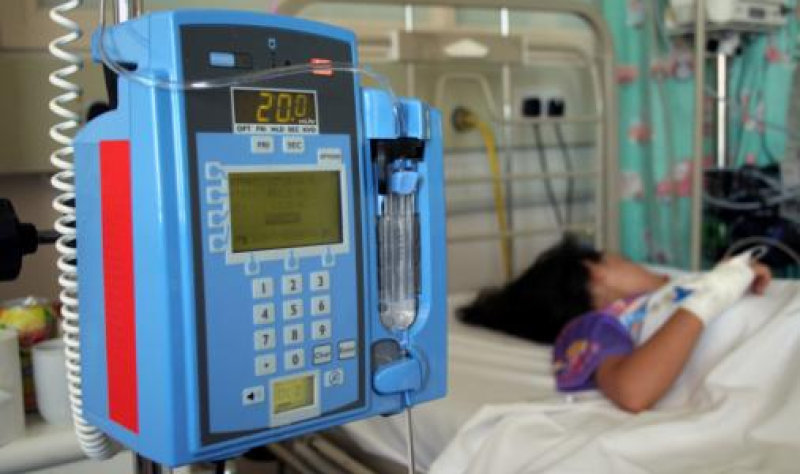Resistance exercise boosts physical function, quality of life in COVID survivors
At three months, relative to controls, greater improvements in intervention recipients were also seen for depression and anxiety and handgrip strength.


Among COVID-19 survivors, resistance exercise significantly improved physical function, well-being, and quality of life, per a randomized clinical trial of 233 adults published yesterday in JAMA Network Open.
From June 2021 to April 2024, a team led by University of Glasgow researchers conducted a multicenter trial to determine the effects of a resistance exercise intervention on exercise capacity, health status, and safety among Scottish adults after a hospital or community COVID-19 diagnosis in the preceding year.
Intervention recipients (117) and 116 controls received three months of personalized resistance exercise or usual care, respectively. In total, 224 and 193 patients at baseline and three months, respectively, completed Incremental Shuttle Walk Tests. Participants also completed questionnaires on health-related quality of life (HRQoL), anxiety and depression, and grip strength.
“Individuals living with long COVID may experience impairments in physical function and skeletal muscle energetics,” the researchers wrote. “Skeletal muscle mass and function are reduced with physical inactivity and may increase with resistance exercise.”
Less depression and anxiety, better handgrip strength
The median patient age was 53.6 years, 62.7% were women, 93.1% were White, 39.1% were hospitalized, and the median adherence with the intervention was 71.0%, equivalent to doing the exercises 5 days a week.
This pragmatic intervention may be a generalizable therapy for individuals with persisting physical symptoms after COVID-19 infection.
The average distance reached in the shuttle walk test was 328 meters (m; 359 yards) for 224 participants at baseline and 389 m (425 yards) for 193 at follow-up. The average change in walk-test distance at three months relative to baseline was 83 m (91 yards) in the intervention group and 47 m (51 yards) in controls (adjusted mean difference, 36.5 m [40 yards]).
At three months, relative to controls, greater improvements in intervention recipients were also seen for HRQoL, depression and anxiety, and handgrip strength.
No deaths or intervention-related hospitalizations occurred. Among 99 patients who completed the DePaul Symptom Questionnaire, 83.3% of intervention recipients and 82.4% of controls reported postexertional malaise at three months.
“This pragmatic intervention may be a generalizable therapy for individuals with persisting physical symptoms after COVID-19 infection,” the authors wrote.



